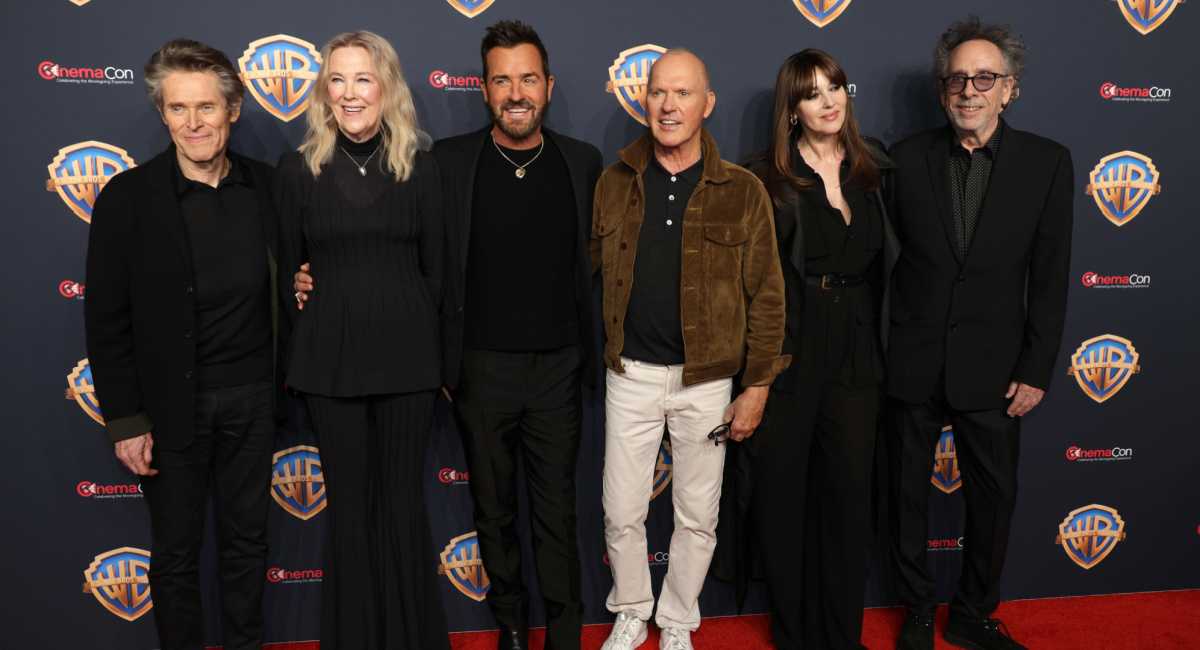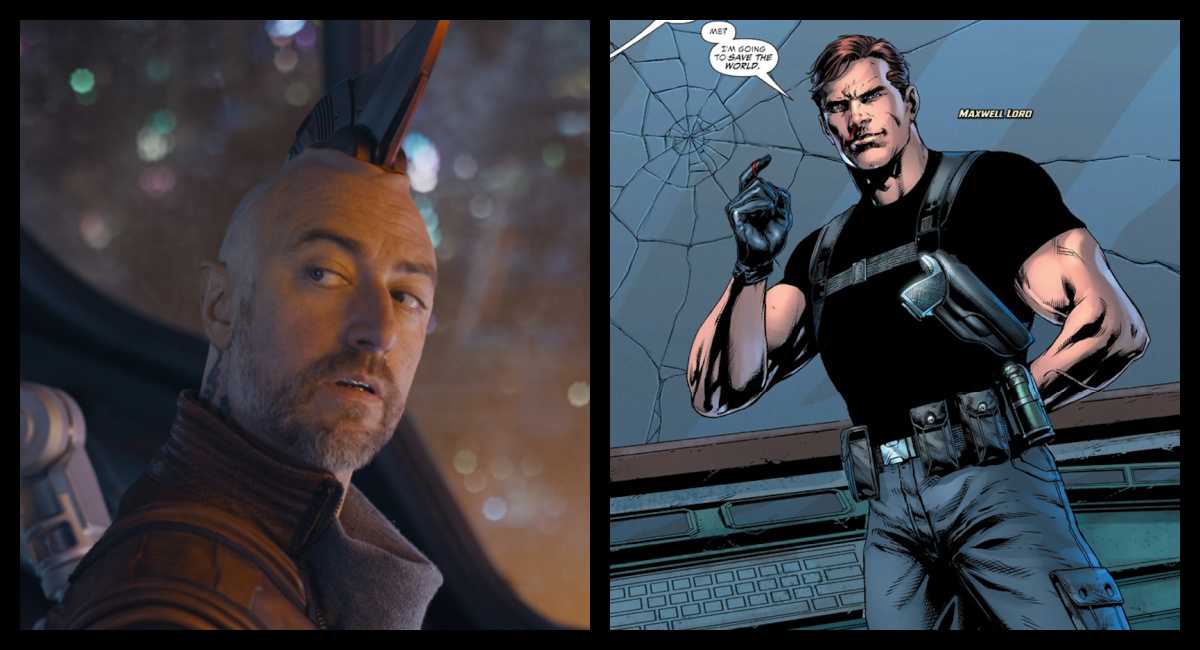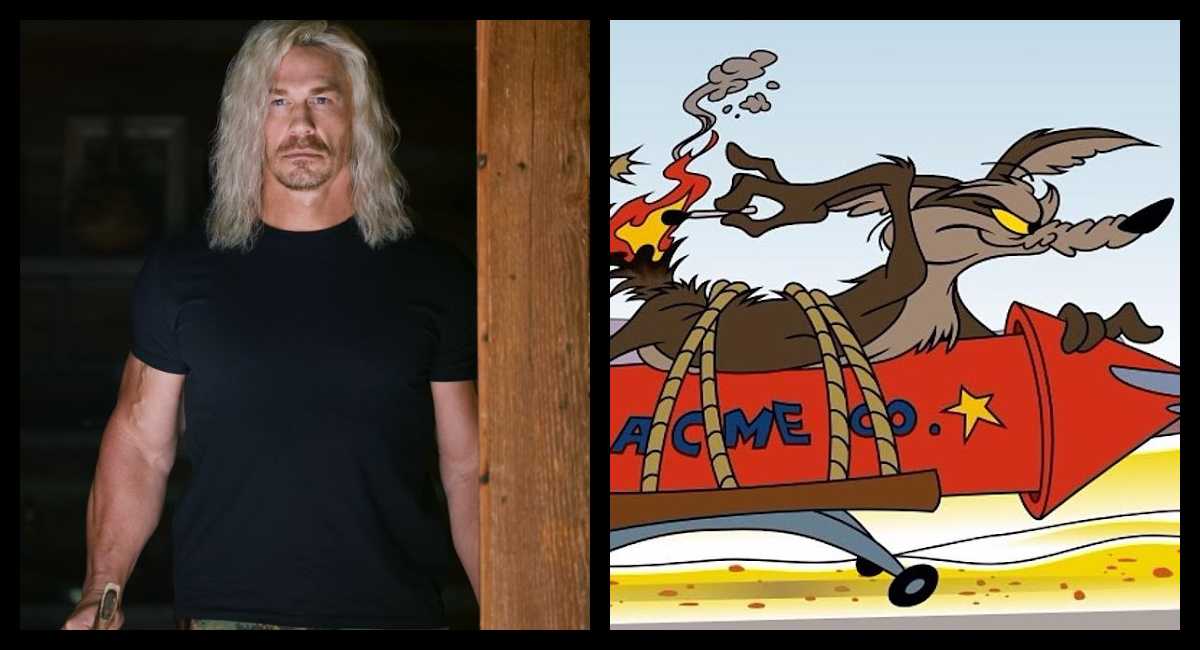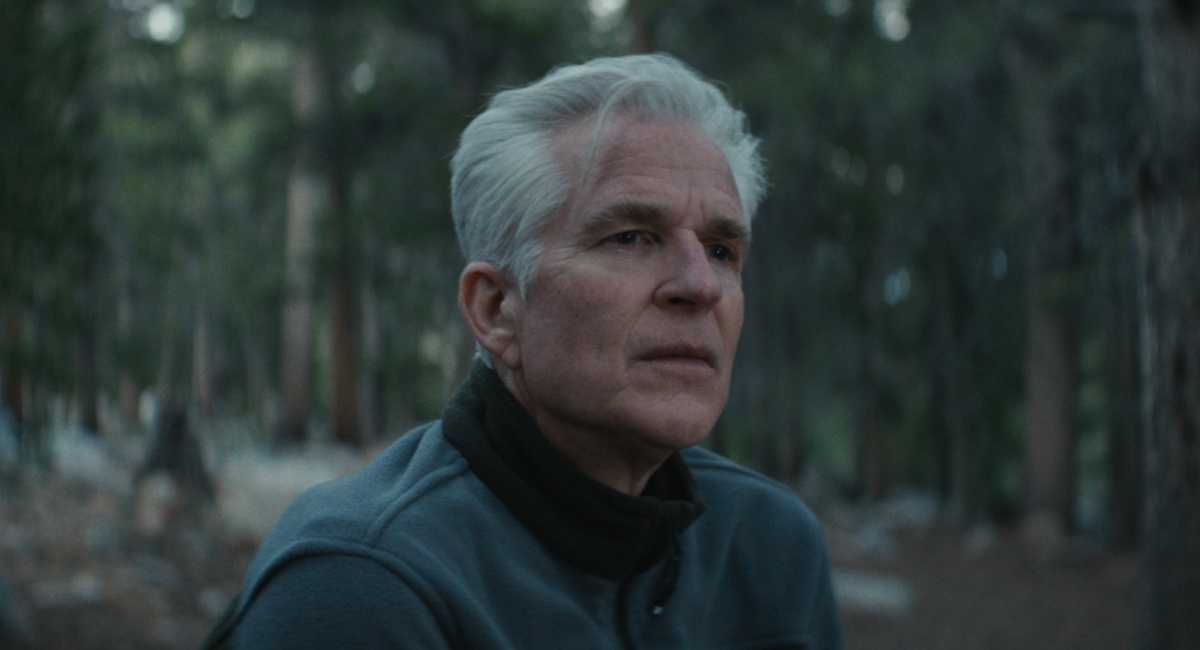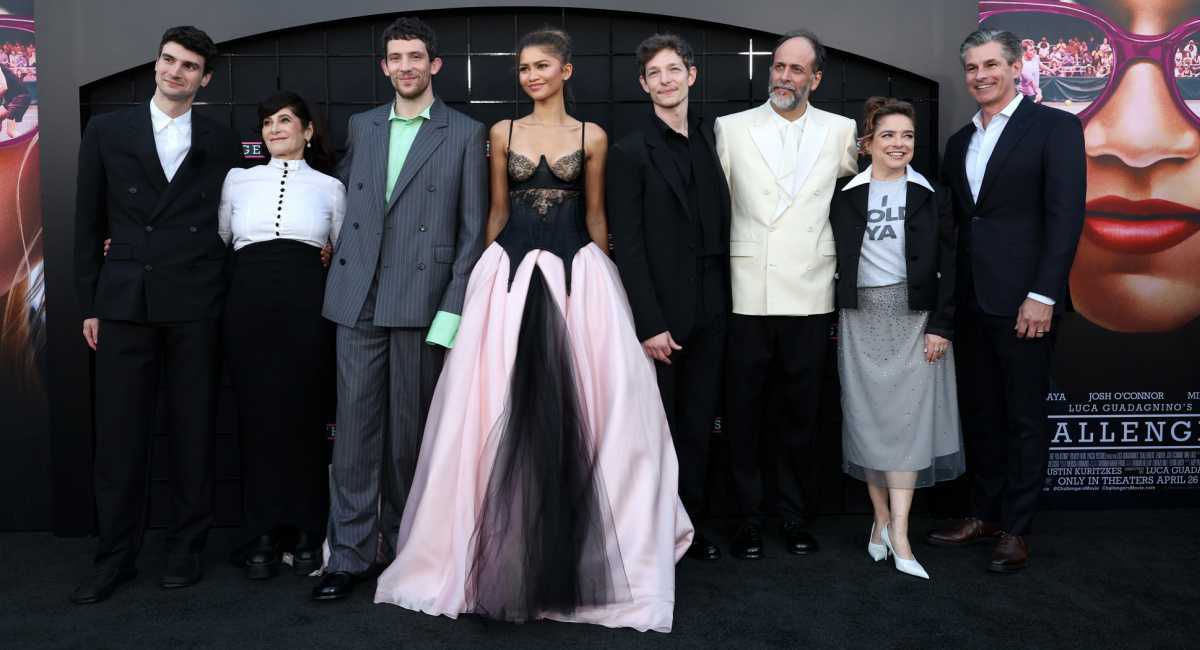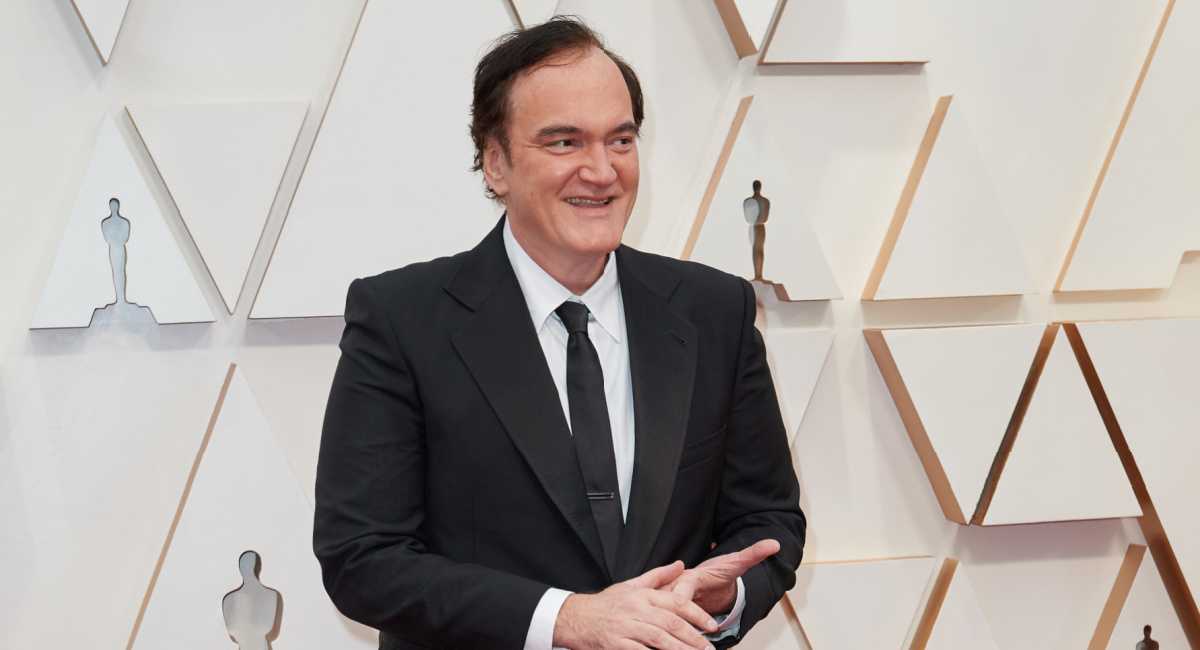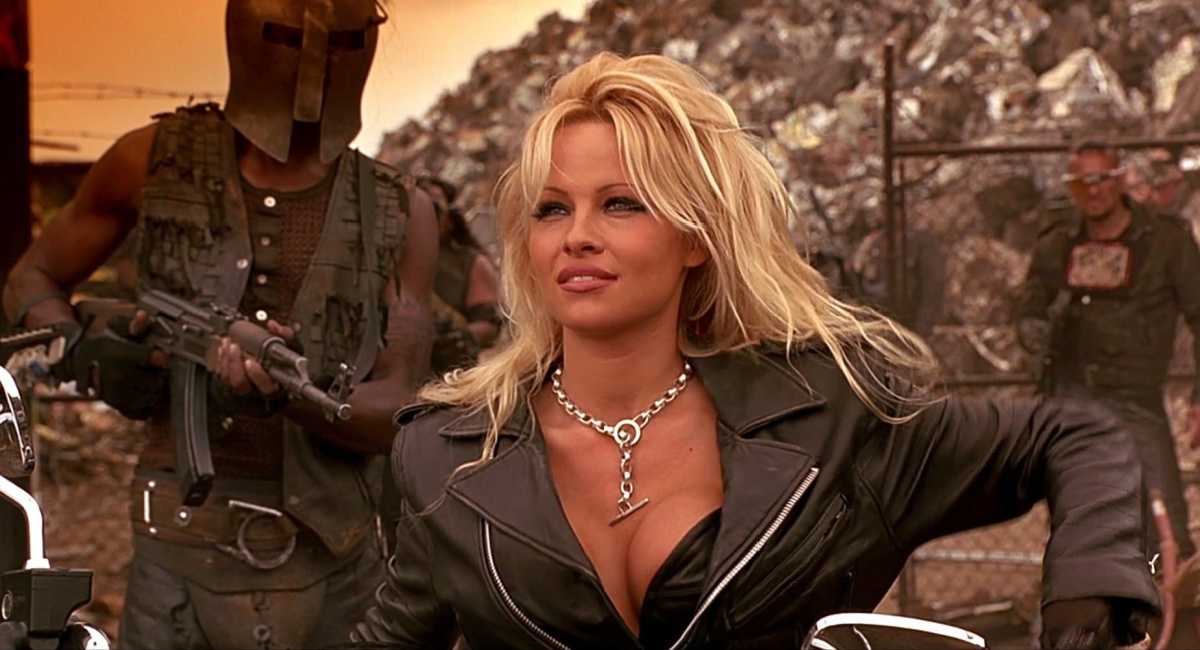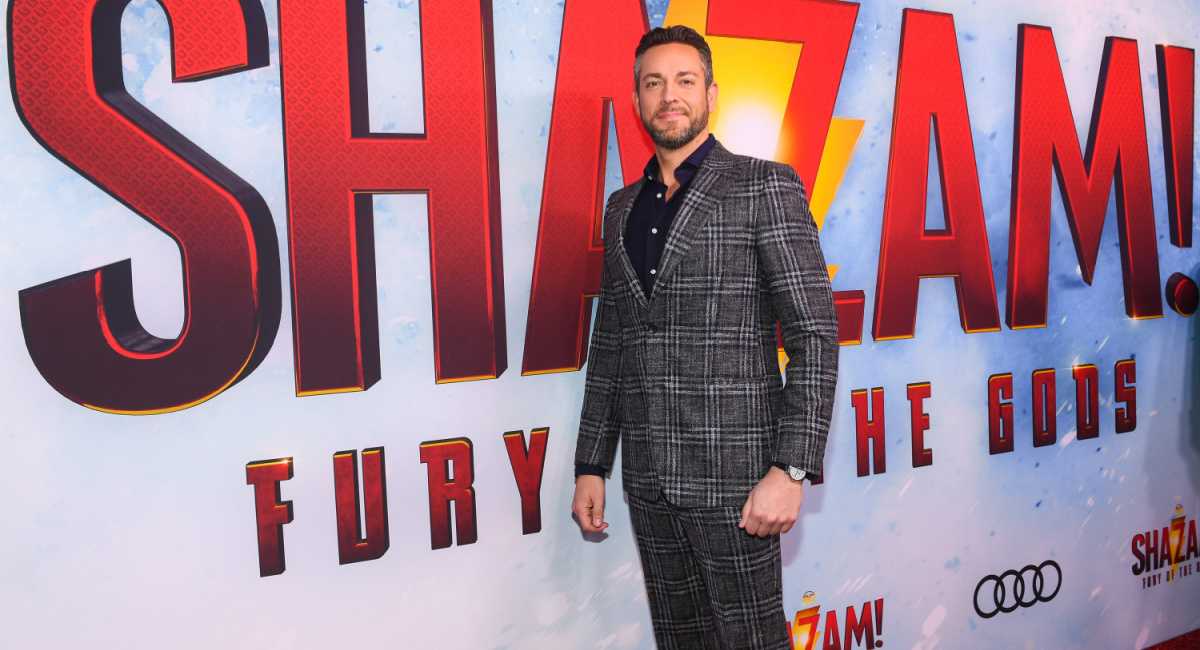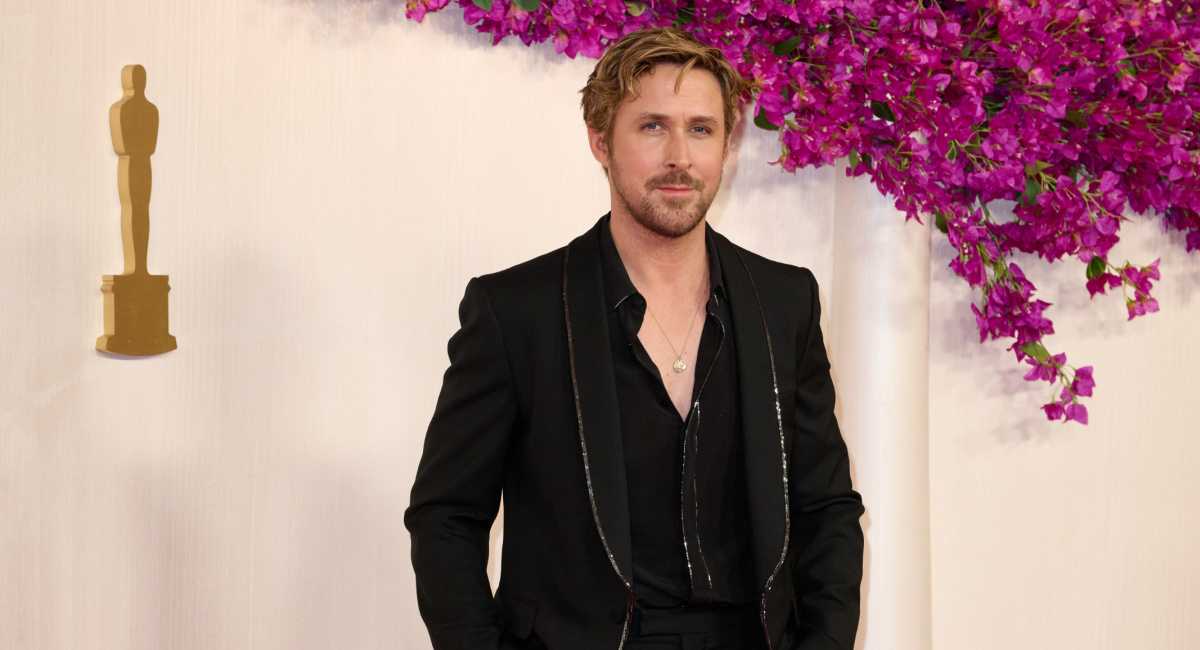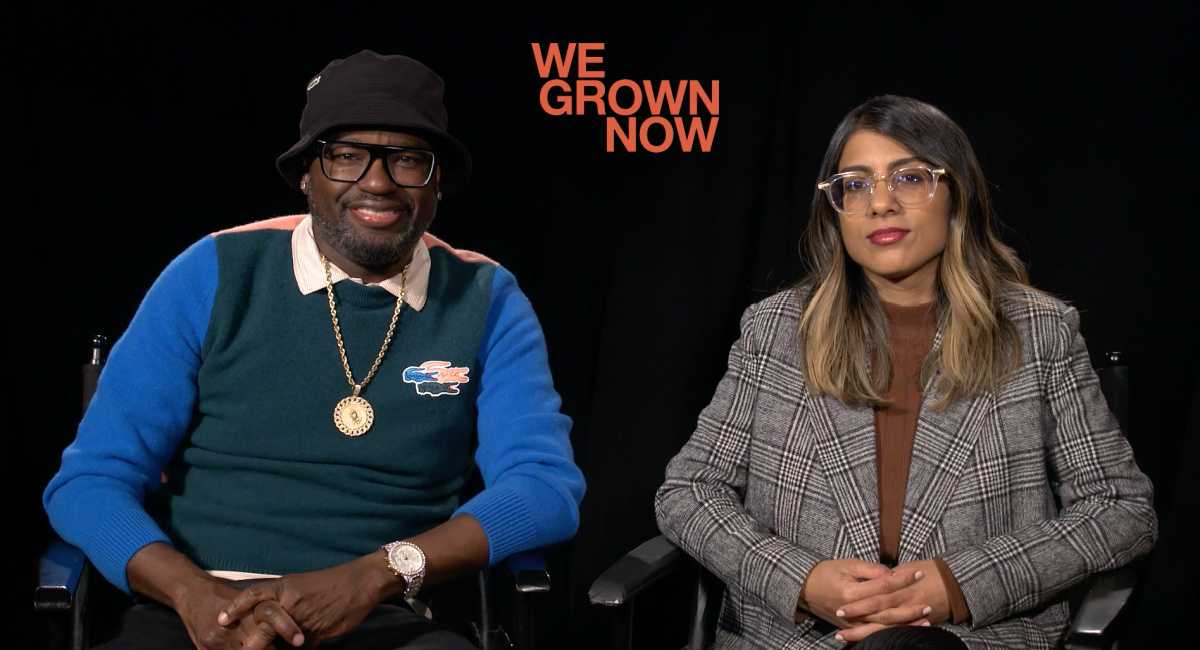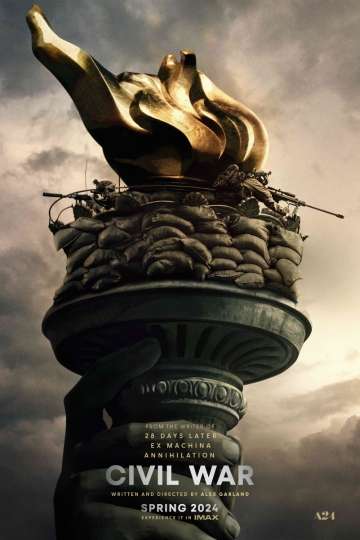11 Things We Learned From the Set of 'The Legend of Tarzan'
Two years ago we were invited to the set of "The Legend of Tarzan" (then shooting under the far pulpier title of "Tarzan the Untamed") and it was really, really cool. The massive production, helmed by "Harry Potter" director David Yates and starring Alexander Skarsgård (as Tarzan), Margot Robbie (as Jane), Christoph Waltz (as real-life historical baddie Léon Rom, a man who supposedly kept the severed heads of black Africans in his flower bed), and Samuel L. Jackson (as a much more benevolent real-life character, George Washington Williams), stretched across several massive sound stages at Warner Bros.' Leavesden studio.
We walked through everything from a recreated Victorian street to a large cave where a dramatic showdown between Tarzan, native African warriors, and giant apes occurs (you can see this in one of the many striking trailers for the film). It was hugely impressive, and on the day we were there, got to see part of a fight sequence that seemingly took place on a runaway train.
Everything about the movie is huge–Yates shot some of it on 70mm film and it will be distributed in IMAX, and the attention to detail in every part of the production is staggering.
Below are 11 more things that we learned from the set of "The Legend of Tarzan" (opening on July 1st).
1. It's Not an Origin Story
Hollywood is origin-story crazy at the moment (under the logic that it's more exciting if you know where they came from) and while some of the early marketing materials from "The Legend of Tarzan" would suggest that it's a straight origin story, that simply isn't the case. The film actually begins with the titular wild man living the life of a refined gentlemen in polite England (John Clayton III or Lord Greystoke), who is then pulled back into the muscular savagery of the jungle. "That was one of the things that attracted me to the project -- it's a classic, epic tale that's been told many, many times. But it's almost always the origin story. And in this one, while there are some flashbacks to him as a child, the emotional journey isn't the man from the jungle trying to adapt to Victorian London. It's quite the opposite," Skarsgård explained on the set. "When we first meet him, he's very civilized in British law and he goes back to his emotional home and it's that kind of dichotomy between man and beast. He's got an amazing wife, a fantastic manor, a really good life on the surface–but he's not happy. He's not himself. I thought that was really interesting." We think it's interesting too.
2. Skarsgård Made Animal Noises to Get Himself Pumped Up
Since we were hanging around set, like a bunch of creepy, sweaty weirdos, before actually getting to talk to Skarsgård, we got to watch the actor both prepare to shoot the sequence and then got to see him actually, you know, act. While the acting was very good and fine and handsome, what was really interesting was the preparation: after consuming what we can only assume is an amount of protein that would make Chad from "The Bachelorette" jealous, Skarsgård could be seen whipping himself into a frenzy. He would do this by making loud, guttural sounds that really were animalistic. But, apparently, he does this on all of his movies and this wasn't specific to "Tarzan" (which makes this 100% more incredible). "When you shoot a scene like this, you're thrown right into the middle of a big fight sequence," Skarsgård explained handsomely. "So that's what I do to pump myself up and get ready for it so I don't start the scene with a yawn."
3. It Turns Out Skarsgård Is a Fan of the Classics
Considering "The Legend of Tarzan"is the latest in an endless array of films based on the iconic Edgar Rice Burroughs character that was created back in 1912, we had to ask Skarsgård who his favorite Tarzan was. While we were secretly hoping he'd say the animated Disney version and then start singing one of the Phil Collins songs, he instead chose a classic dramatization: "Johnny Weissmuller, of course."
4. This Tarzan Is Both 'Scary' and 'Sad'
While the emotional and visceral arc of the character seems to follow Tarzan as he goes from civilization back to the more primordial instincts, Skarsgård said that you can see the animal in the man from early on. "Fortunately, we had a lot of time prepping it and figuring that journey out. It's so rich, with this character, to layer it in a way that goes from the really buttoned up proper British gentleman, to at the end of the film, where he's a beast basically," Skarsgård explained. "And to have little moments that show that. Because you want to see that there's something underneath that is quite scary and sad." Underneath the abs lies a bleeding heart.
5. Skarsgård Felt No Pressure
Again: this is an iconic role, and one that, according to the production, a ton of people auditioned for. Still, it didn't get to Skarsgård, who seemed bowled over by the professionalism, imagination, and technique that overflowed from the movie. "I feel nothing but peace," Skarsgård said. "It is such a dream project."
6. The Perpetually Prepared Skarsgård Was Ready for the Role Long Before Shooting Began
Anyone who followed this project knows that it had a fairly tumultuous production history, including several directors signing on and dropping off (among them: Gothic Romance revivalist Guillermo del Toro and "The Mummy" filmmaker Stephen Sommers) and a pair of screenwriters who were tasked with coming up with scripts independently. (Those scripts were later merged into a single storyline.) Also, throughout the day, as we said, the filmmakers kept talking about how hard it was to find the right actor to play Tarzan. All of this led to Skarsgård, who was ultimately cast, being ready long before the rest of the movie was. "I didn't audition first. I met with David a couple of times two years ago. We were supposed to go last year but it's a big beast of a production. I was already training for it about a year and a half ago to shoot last summer. When a project gets pushed like that, as an actor, you never know what will happen. It was really devastating and you never know. It was a bit of a waiting game," Skarsgård said.
"Then I went on this expedition to the South Pole. Then the day I got back to this Russian station on the coast of Antarctica. They had really slow dial-up. After 45 minutes of sitting there, an email popped up from David who said we're doing it next summer." That's right, folks: he won the role of a major studio franchise film while adventuring at the South Pole. This guy!
7. When All Is Said and Done You Won't Know It Was Shot in England
We got to speak to David Barron, the producer who came in after the script had been finalized and the film had been cast, to make sure it was running smoothly and efficiently. (He was coming off a pair of Kenneth Branagh movies.) One of the ways to streamline the production was not actually shooting in Africa. "It's a lot easier to shoot here. There's no infrastructure in the rain forest. Once you get there, it's hard to move about. It's not a nice place to work. It's a fun place to go but not a great place to spend several months shooting," Barron said. But given the truly immersive sets designed by "Harry Potter" principle Stuart Craig and the digital effects wizardry that will come after the fact, it'll be pretty seamless and real (especially when combined with the plate shots of the jungle filmed by a second unit crew). "No one will ever know this isn't Africa. It's completely convincing," Barron assured. Given how elaborate the production was, we believe him.
8. The Film Takes Place Over Seven Days
Given the emotional and spiritual arc that Tarzan seems to go on in the film, you'd assume that it probably takes place over a fairly lengthy amount of time. But no. "It takes place over a week, really," Barron said.
9. Also: It's a 'Chase Movie'
More tantalizingly, Barron described the movie as a "chase movie," instigated by Waltz kidnapping Jane. (Not the best idea, especially since people in England know of Tarzan's reputation. In a meta-twist he's the subject of pulpy stories consumed, en masse, by a public hungry for adventure.) It's this chase mechanic that seems to be the engine for the film. "He hits the ground running and actually rediscovers the primal Tarzan in the course of this mad dash to rescue Jane," Barron explained.10. Jane Is Just as Much of an Outcast as Tarzan
While Robbie wasn't on set the day that we were visiting, there was obviously a lot of mystique around the character (particularly since it was so soon after she had made a splash in Martin Scorsese's masterpiece "Wolf of Wall Street"). According to Barron, in some ways, Jane is just as much an outcast as Tarzan. Tarzan rescues Jane from an ape attack when she is very young (her father was a scientist studying nearby) and when we meet back up with her in the film, she's living in London. "She's trying to fit in. Not only has she come from the jungle but she is an American out of place in a very stuffy English aristocratic home," Barron said. "She misses Africa and she wants to go back. She's a fish out of water like Tarzan in some respects, since she's an American in a very fussy environment." This is a great addition to the story and seems to set her apart from your typical damsel in distress. Considering "Hustle & Flow" filmmaker Craig Brewer worked on the script, you can rest assured this Jane is going to be very sassy indeed.
11. It's Going to Look Very Different Than 'Greystoke'
Here's a super cool connection to "The Legend of Tarzan": production designer Craig worked the same job on "Greystoke: The Legend of Tarzan, Lord of the Apes," a 1984 feature released (like "The Legend of Tarzan") by Warner Bros. and featuring French thespian Christopher Lambert in the title role. (Famously Andie McDowell, who played Jane, was dubbed by Glenn Close in the final film. Years later, Close would voice Tarzan's ape mother in Disney's animated version.) When we asked Craig what kind of research he did for this film, he shot back: "I knew it from the research I did 30-odd years ago." He went on: "'Greystoke' is, in a way, the prequel to this. That covers the years from his birth to Africa. With this movie, it's his return to Africa. So they're pretty full-on in narrative terms. I remember 'Greystoke' but nobody else does. But it's an interesting connection."
Considering us lonely film writers largely populated the set visit, we insisted that we did remember the film (Robert Towne did un-credited rewrites, the cinematography by John Alcott was lush and misty) and wanted to know what the differences between the two productions were. "The major difference is that back then it was pre-computer compositing and pre-computer generated images," Craig explained. "Back then it was men in monkey suits. That was very difficult and it compromised the set because they had to leap from one branch to the other. So what we built was a gymnasium, thinly veiled as a jungle."
You heard it here first: "The Legend of Tarzan" was completely gymnasium-free.
"The Legend of Tarzan" hits theaters swings into theaters July 1st.
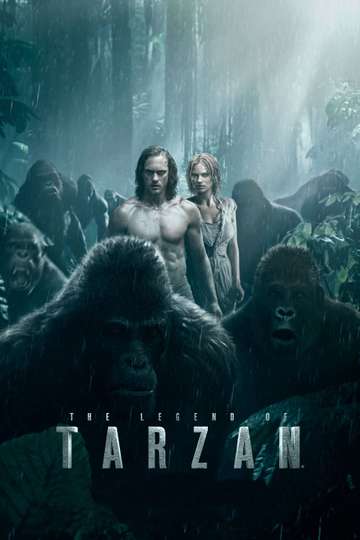
The Legend of Tarzan
Tarzan, having acclimated to life in London, is called back to his former home in the jungle to investigate the activities at a mining encampment. Read the Plot


